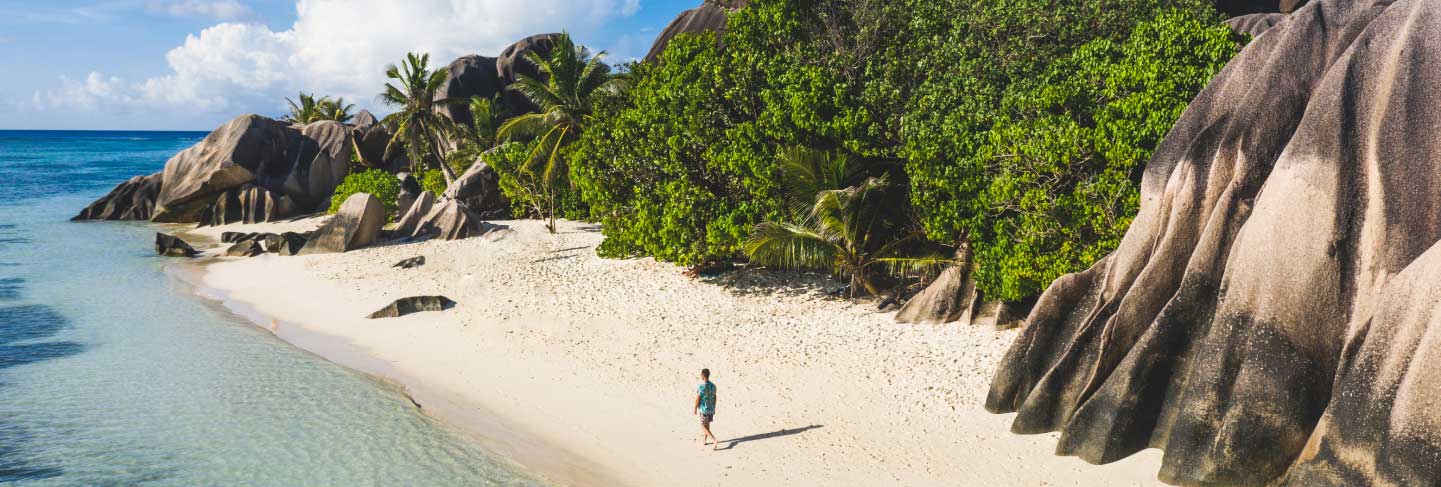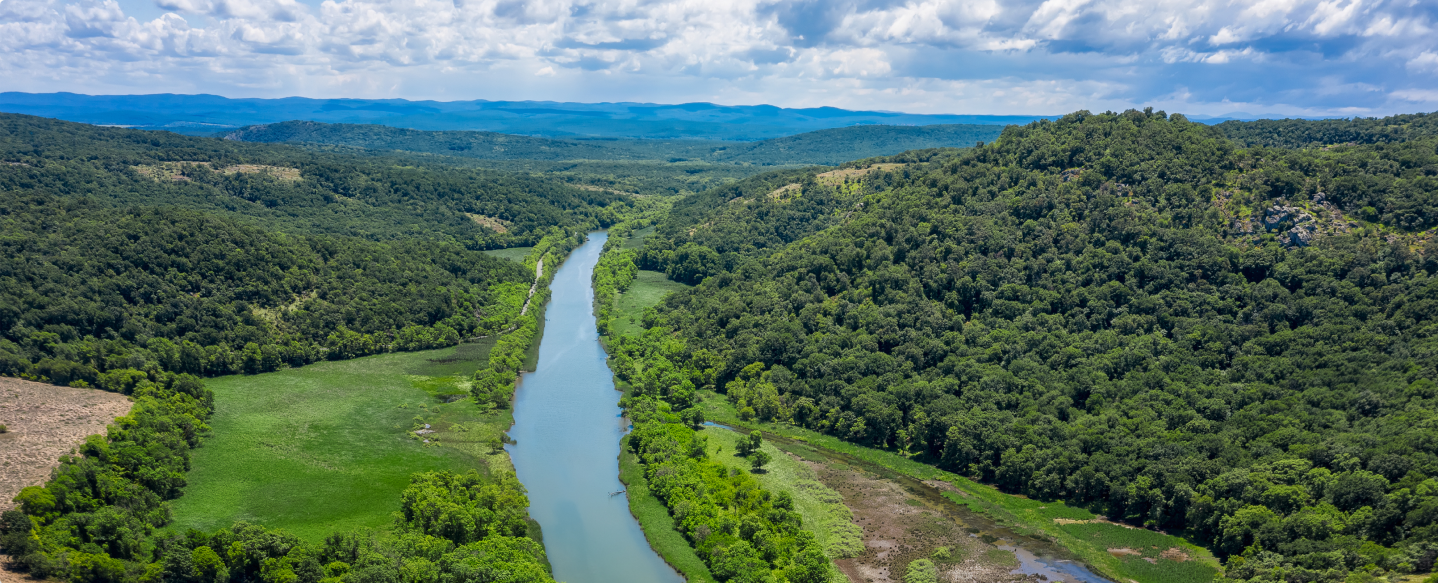
Responsible travel guide: Five things to leave behind
Rebecca Barnard
Posted: September 30, 2019
An abandoned feather lies across your path. It’s the perfect ornament for your hat. But should you take it? The things that travel with us can have a negative impact on the environment and communities we visit.
Take only memories, leave only footprints – this responsible travel mantra has become very popular with the conscientious wanderer. For those of us who engage in responsible travel, we take the time to carefully research eco-friendly tourism to reduce our environmental footprint.
Responsible travel is also about supporting local communities and economies, and it often includes a few momentos to take home.
So it may not come as a surprise that the incidental and accidental travel souvenirs, the ones that we haven’t put as much thought into, can have the greatest negative impact.
Check out the following sustainable travel tips to find out what to leave behind.
1) Microbes
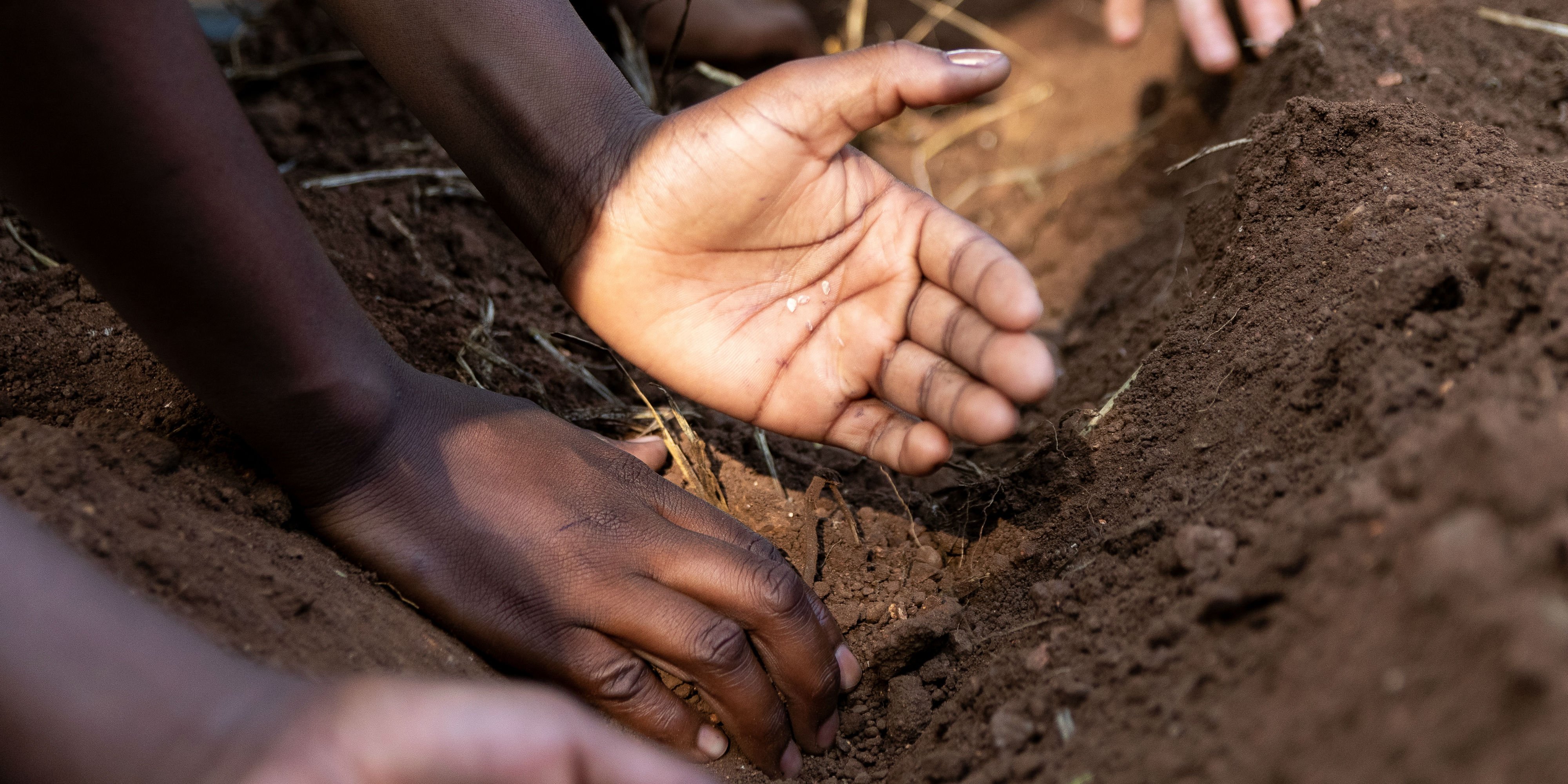
Microbes, or microorganisms, can range from bacteria to fungi, and from viruses to parasites. But not all are bad. In fact, all living things need particular types to remain healthy.
But when one of these is introduced to a new ecosystem, it can have a devastating effect on more specialised species that have not evolved a defence mechanism against something they have never encountered.
And when we travel, they can travel with us. That’s a problem because some of these microorganisms are considered “cosmopolitan”. Capable of colonising a myriad of environments, they have a knack for survival in some tough conditions.
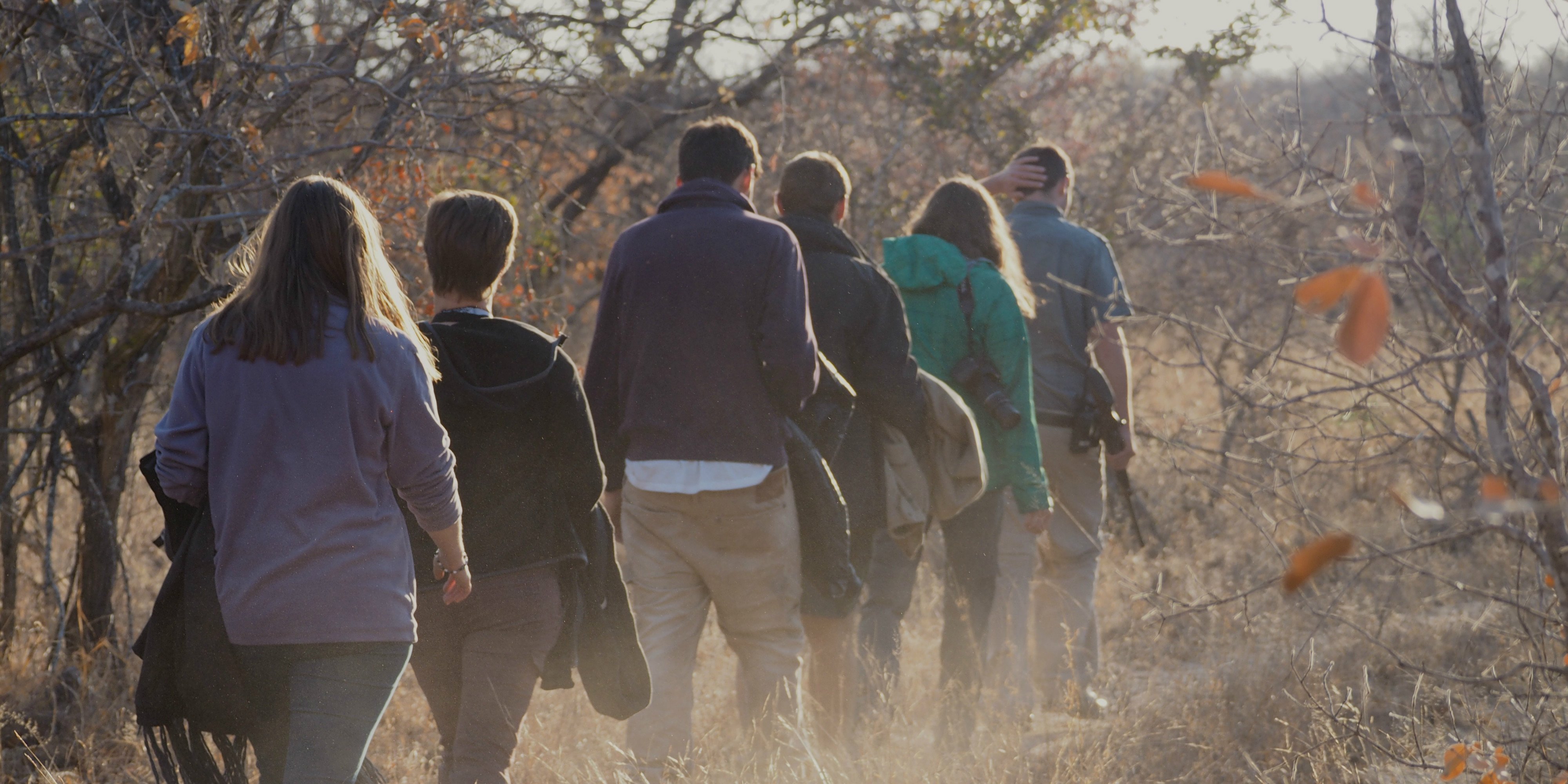
One example is the reason why we get vaccinated against particular illnesses before travelling. For one, we don’t want to bring a sickness home that doesn’t already exist in the community. Secondly, we want to prevent the outbreak and spread of an illness that does. Even if you are not visiting a community where access to healthcare is low, there are vulnerable people more susceptible to illness within any community.
Ensuring you are healthy before you travel, as well as engaging in good personal hygiene during your trip, is a great responsible travel practice. You would also be covering United Nations Sustainable Development Goal (UN SDG) 3: Good Health and Well-being, and UN SDG 6: Clean Water and Sanitation.
2) Dirt
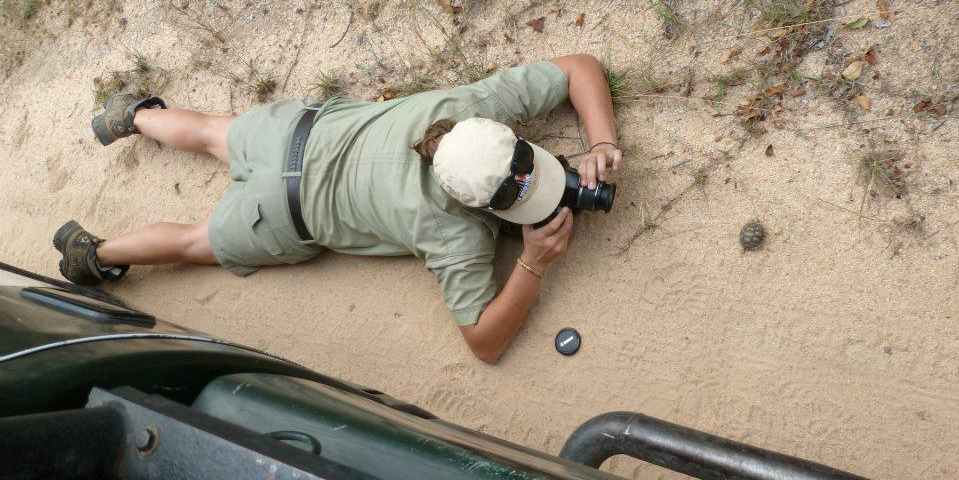
Dirt is the perfect mode of transport for stowaways. Apart from microbes, dirt can also hide things like plant seeds and animals, including eggs, larvae and adult invertebrates.
The easiest way for dirt to hitch a ride is in our clothing and travel items. Wash clothes well in eco-friendly soapy water before moving on to a new place. It’s a good idea to save a few pennies to pay for a laundry service if you don’t have access to washing facilities.
When visiting natural areas, anything that has been in contact with soil should be thoroughly cleaned afterwards. Groves in shoe and tyre tread, as well as creases in bags and camping equipment, are often overlooked. In some areas, cleaning shoes in between walking tracks of the same park are necessary to prevent the spread of plant diseases, such as kauri dieback in New Zealand.
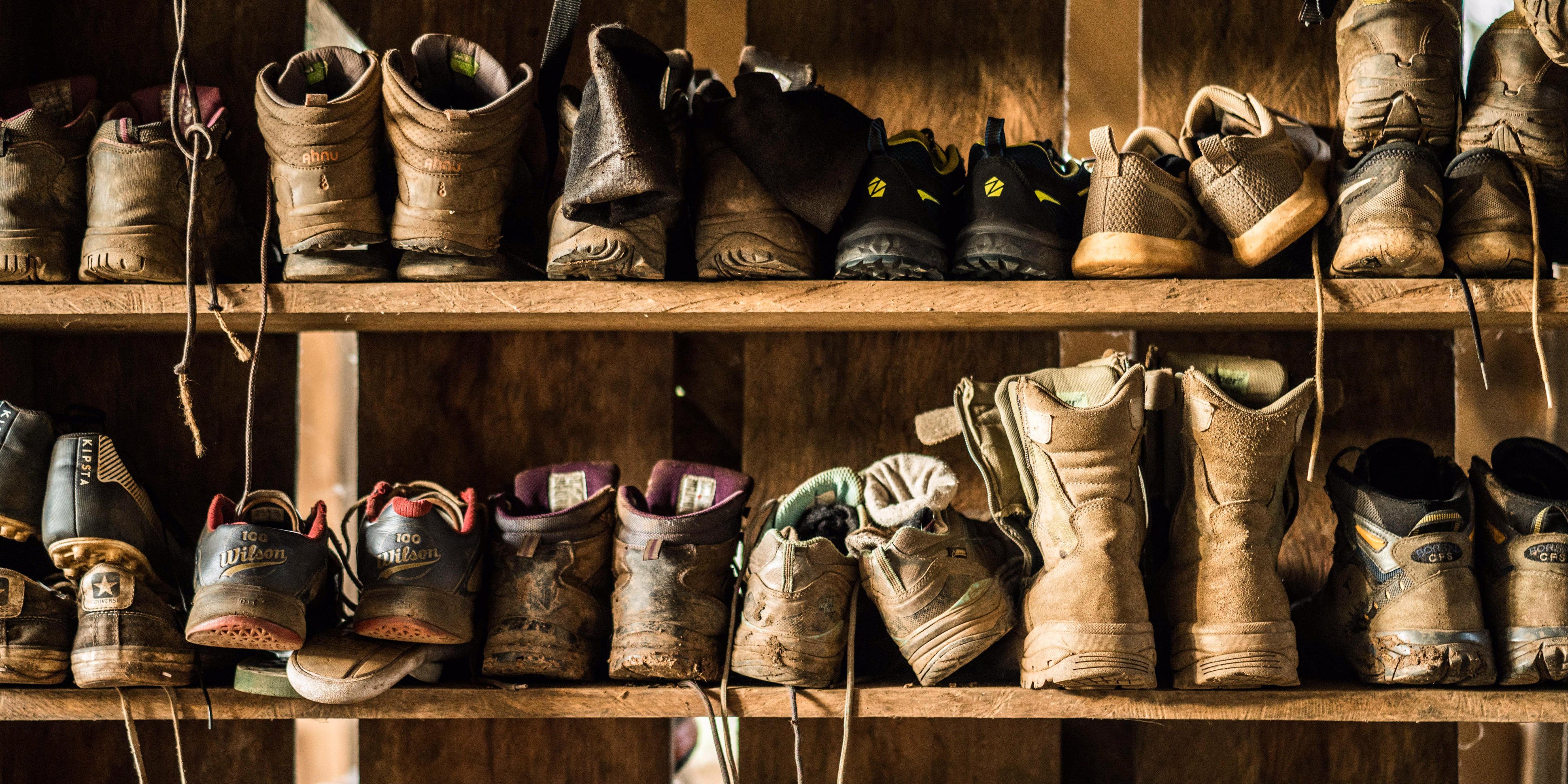
If you hike, an old toothbrush for brushing the dirt from the seams of boots and clothing is lightweight and easily fits into your pack. And the handle is the perfect size to get into the tread of your boots, literally cleaning your environmental footprint.
If you enjoy camping, a hand-held dust brush is a great piece of equipment to add to your kit to brush off your tent or swag before packing away. If you use field vehicles, like the field guides in South Africa do, ensure you visit a washdown pad to clean off the tyres and undercarriage, and avoid transporting any stowaways.
3) Water
By the same token, ensure items are completely dry before packing. Water is just as homely as dirt for tiny organisms. Dampness easily feeds the growth of mould and fungus, especially if an item is kept in a dark place for a long time.
If you have to pack up in a hurry, thoroughly wash and dry your kit as soon as possible. But be mindful – if you are travelling across governed borders, customs officials may confiscate anything contaminated with soil or water to prevent the spread of harmful organisms.
Customs laws are in place for a very good reason. To contribute to sustainable travel, it is important to know the rules and declare anything relevant.
4) Feathers
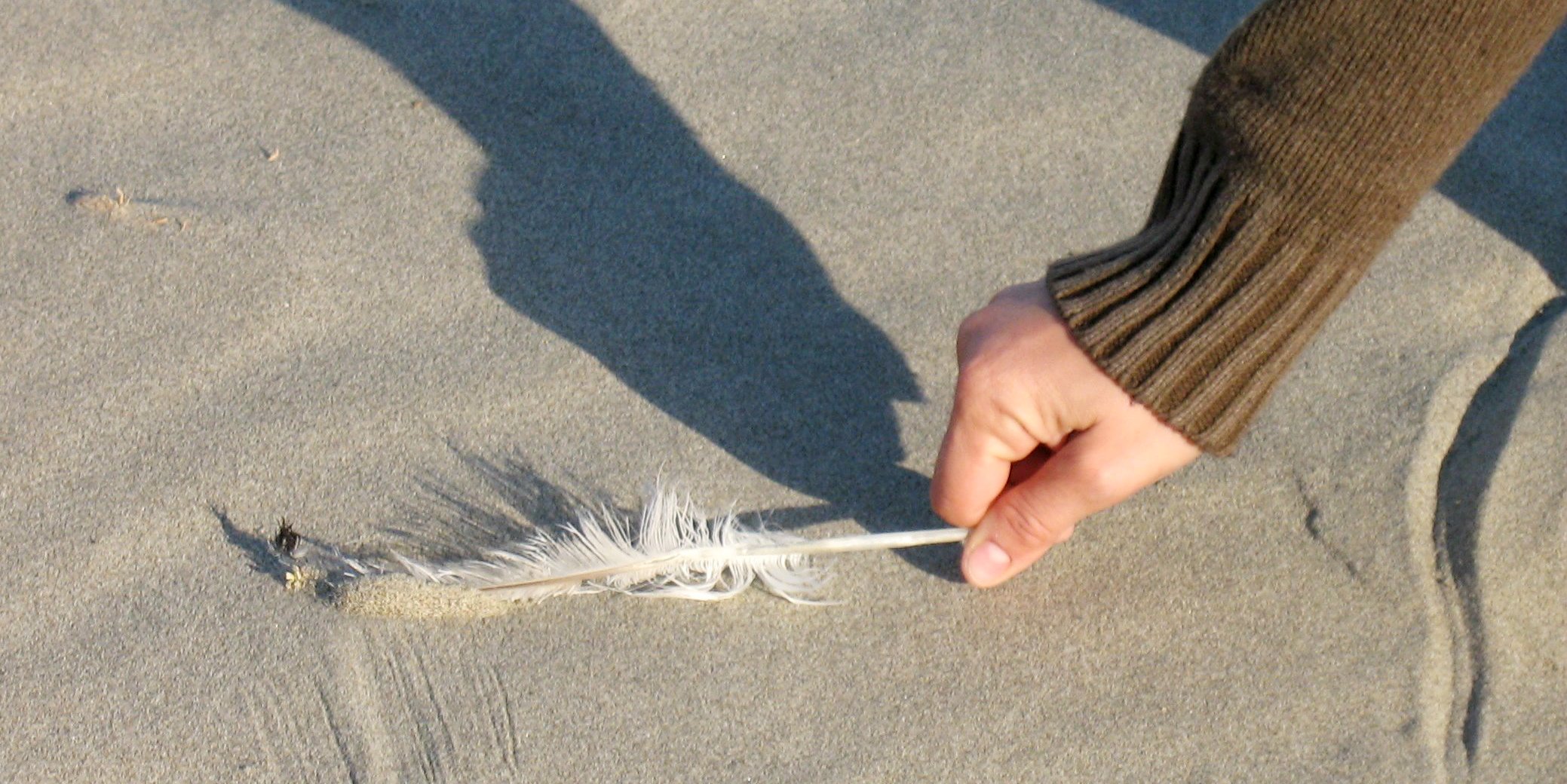
Original photo: “A drawing hand” by Josef Grunig is licenced under CC BY-SA 2.0
Although these items were once part of a living creature, when we find them it is often because the animal has shed them or has since died. So if the animal no longer needs them, they are no longer useful, right? Well, not quite.
Unless you are collecting feathers for scientific purposes and you have a permit, it’s best to leave them where you found them because they still have a role to play in the ecosystem.
While nestbuilders usually create the integral structure with sticks, mud or grasses, they often insulate with feathers. And why pluck your own feathers if somebody else has finished with theirs?
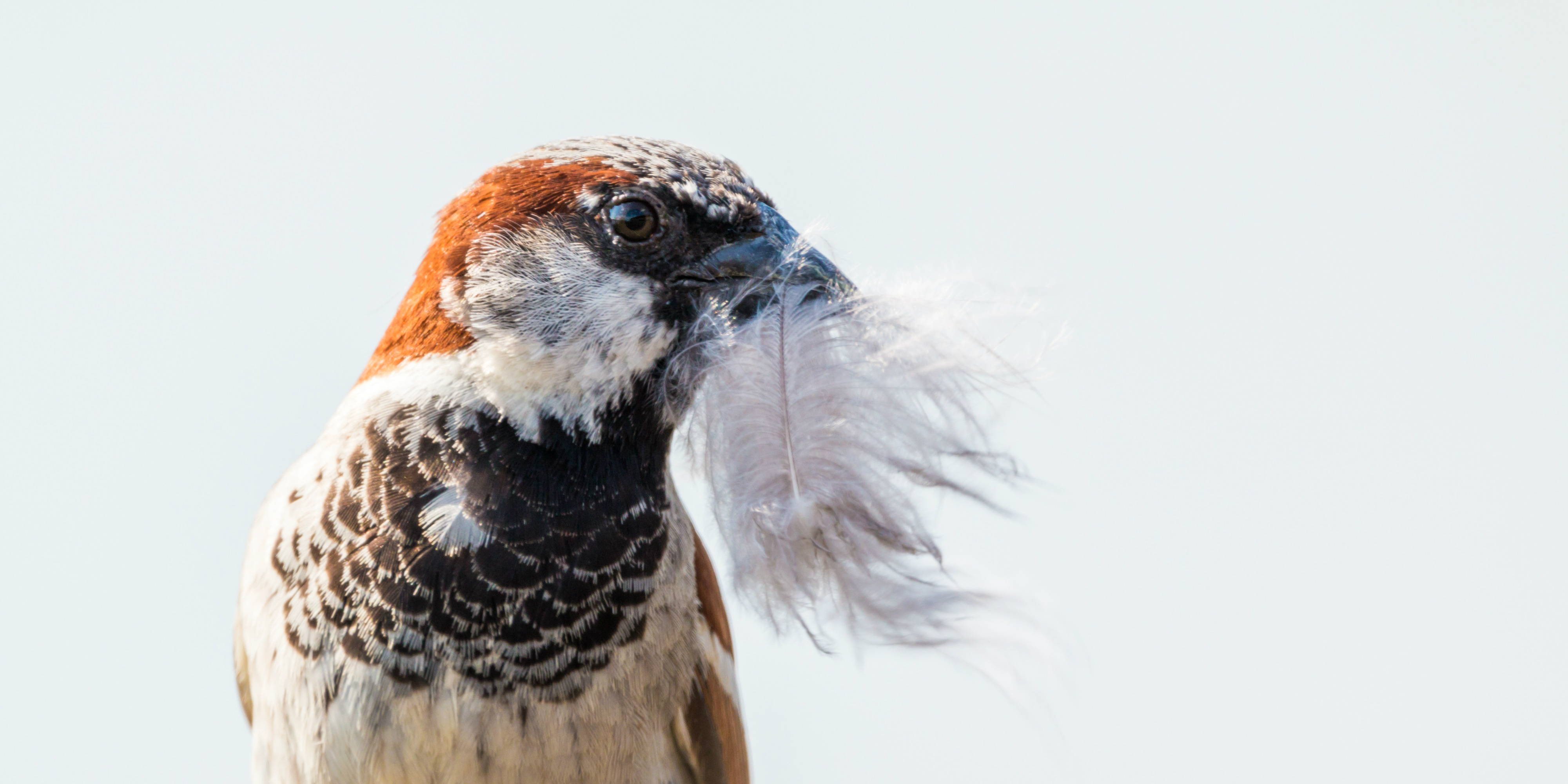
Feathers can also harbour parasites. As previously mentioned, responsible travel means respecting borders. And not just political borders, because areas of the same type of ecosystem may be separated by natural barriers.
For example, a geographical feature such as a mountain range may prevent groups of the same species, such as a lowland rainforest-dwelling bird, from interacting. One group may have been exposed to a threat for generations, such as a parasite, and has been evolving defence mechanisms against it over that period of time.
Meanwhile the second group of the same species of bird, in the same type of habitat on the other side of the mountain, has never had exposure to the parasite so has not evolved the same defence mechanisms as a species.
5) Shells
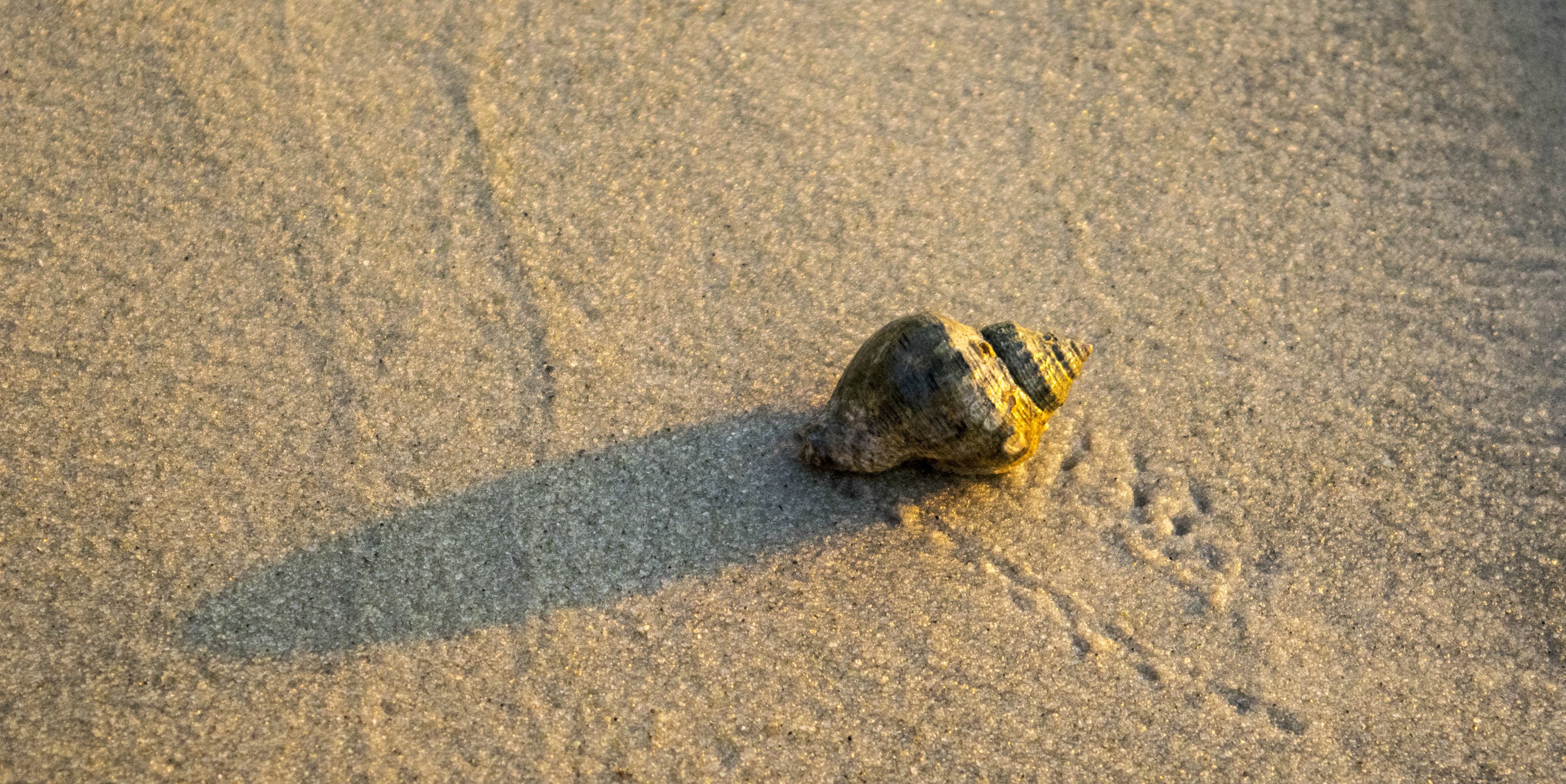
Shells fall into a similar category as feathers and are often collected due to their variety. When the mollusc that grew the shell dies, the shell offers the opportunity of protection for another animal, such as small fry or invertebrates. If the empty shell is in good condition, it can become a new home for the likes of hermit crabs.
But shells are fragile and exposed to some very harsh conditions. Once there is no longer a mollusc inside to keep it intact, shells quickly break down and eventually form part of the makeup of sand. With that in mind, some shells sold by vendors may not have been collected with permits. Perfectly conditioned dead shells are uncommon and the animal may have been killed for its wares.
If you are lucky enough to find a shell in good condition on the shore, by all means take a photo for the momento, but please don’t take the shell home. Be cautious when handling shells – not only to keep the shell intact but because the animal may still be alive, and some molluscs are deadly.
Responsible travel includes supporting local communities. We should also clean up our environmental footprint by encouraging and contributing to eco-friendly tourism. This is where our research comes into play. Ask questions and don’t rush into a decision. When it comes to taking mementos,if it doesn’t feel right or you are not sure, it’s best to leave it behind.
GVI has strict animal-handling policies and ethical guidelines. When you participate in GVI programs, you are actively making an impact and engaging in responsible travel. For more sustainable travel tips and stories, check out the GVI blog.
Rebecca Barnard is an intern at the GVI Writing Academy. The Writing Academy is a skills-development program that pairs development editors with budding travel writers. Learn more about the program here.


